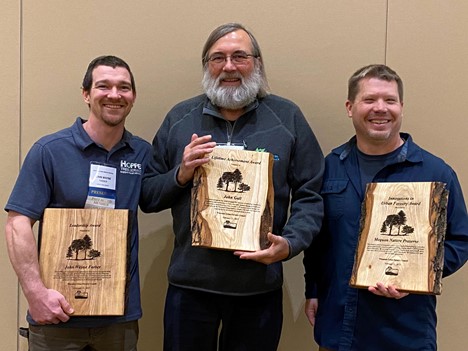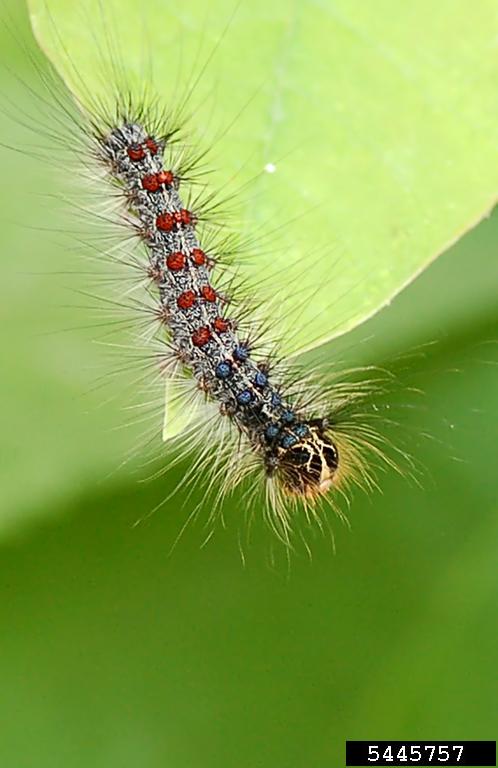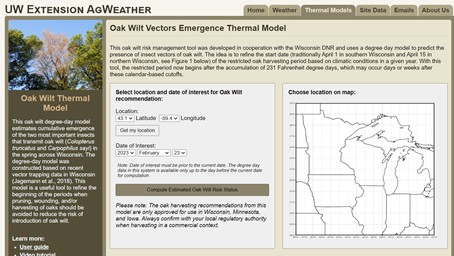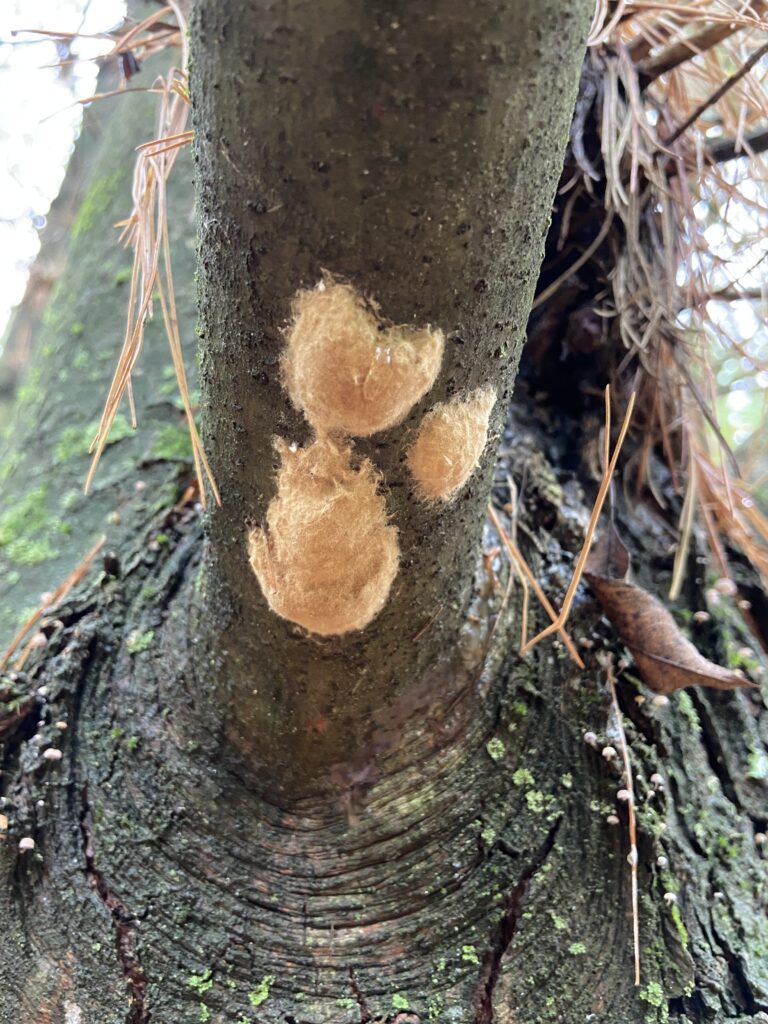By Paul Cigan, DNR plant pest and disease specialist, Paul.Cigan@wisconsin.gov or 715-416-4920
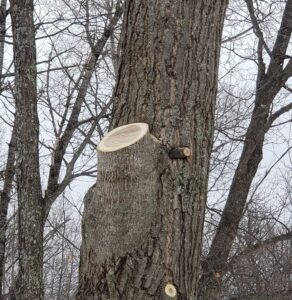
To prevent the spread of often-fatal oak wilt disease, do not prune, cut or wound oaks from April through July. Photo: Wisconsin DNR
With the arrival of spring, the Wisconsin Department of Natural Resources (DNR) recommends protecting oaks from the often-fatal oak wilt disease by refraining from pruning, cutting or injuring oak trees from April through July.
The highest risk period for oak wilt introduction to a new site is in spring and early summer. Pruning and cutting oaks exposes living tree tissue beneath the bark to potential infection. The disease rapidly kills trees in the red oak group and weakens those in the white oak group.
Sap-feeding beetles spread the disease between oaks by carrying oak wilt spores from infected trees or firewood to fresh, exposed tree wounds. Healthy oaks and freshly cut oak stumps can become infected as quickly as 15 minutes after a wound is made from a pruning cut or broken branch.

